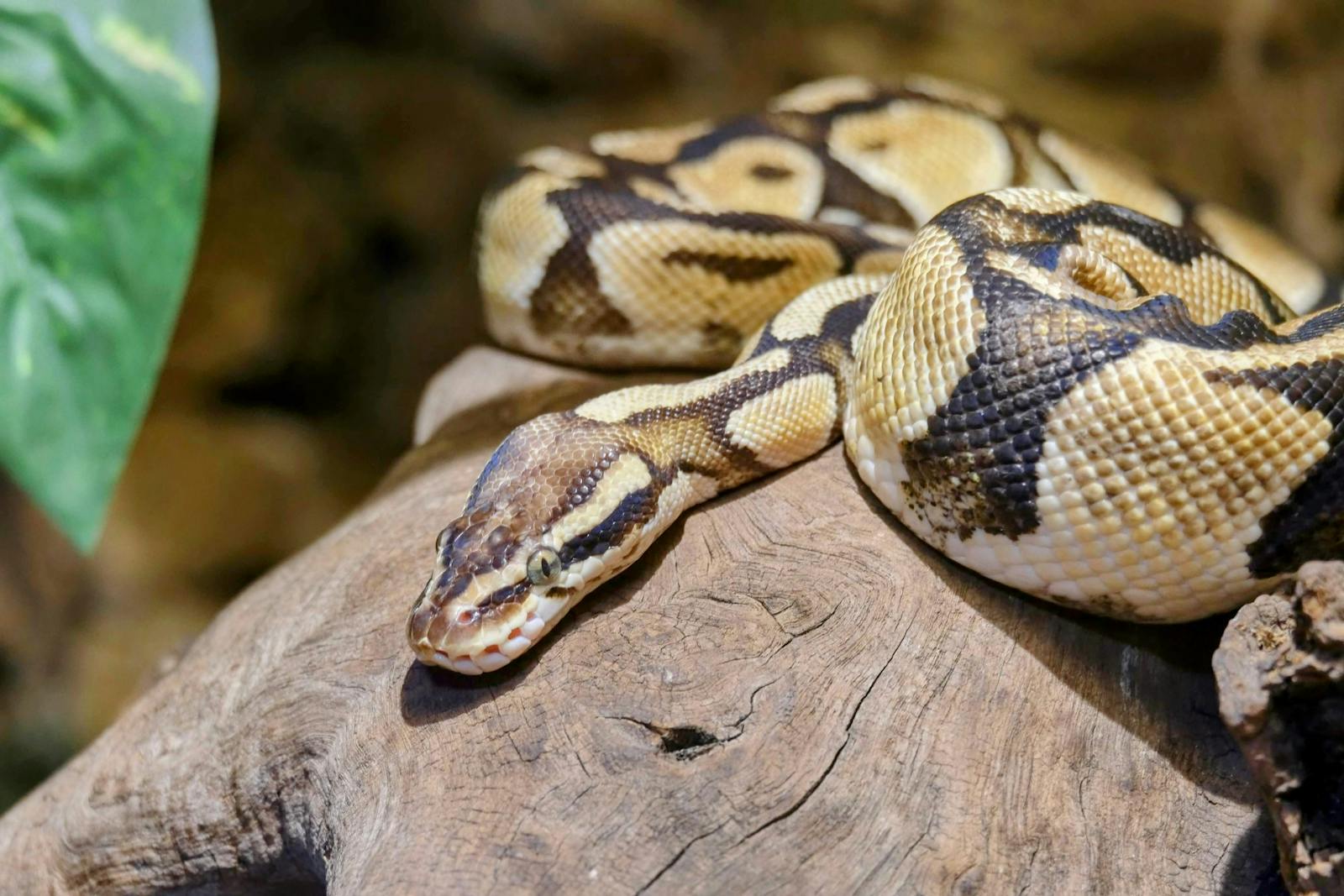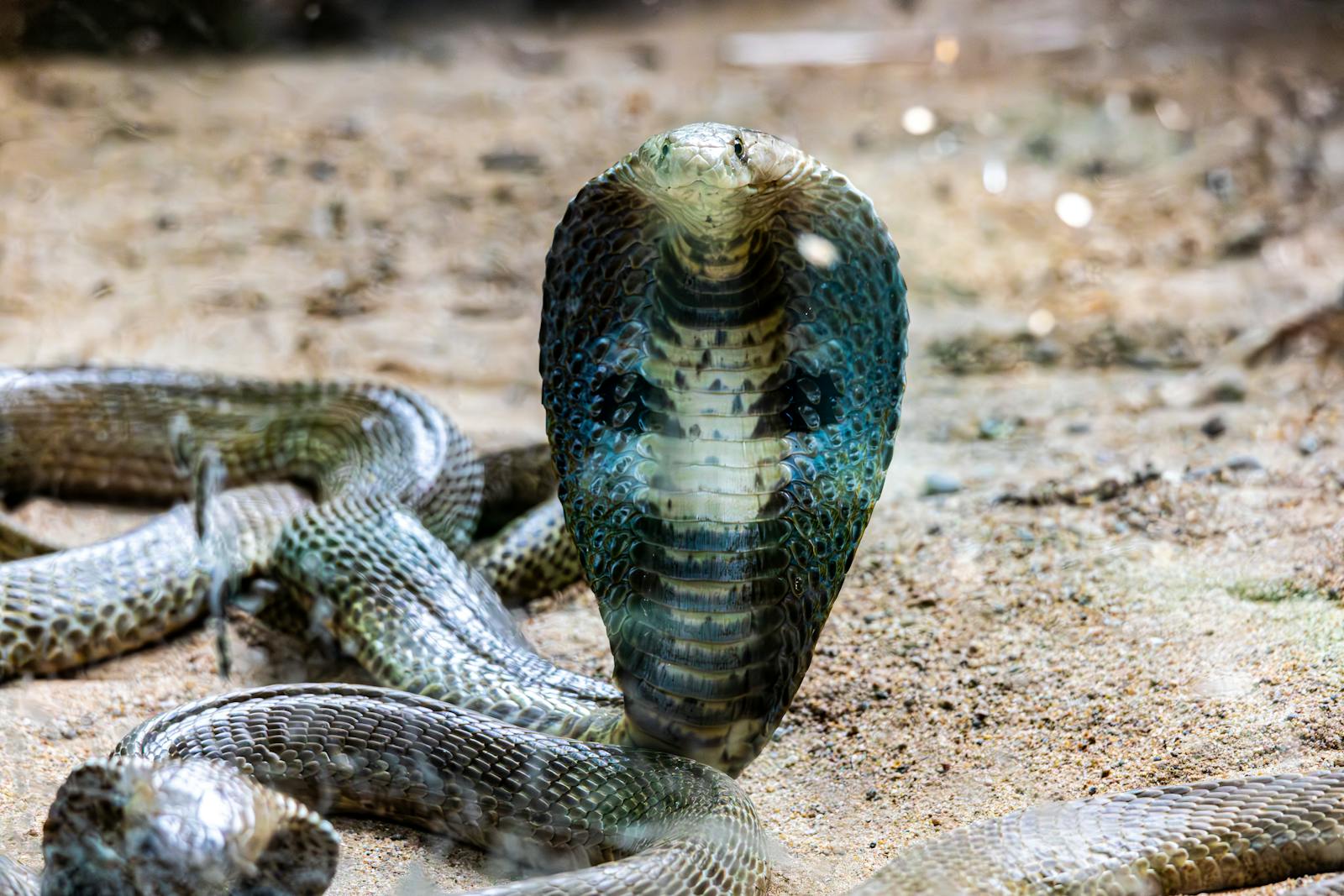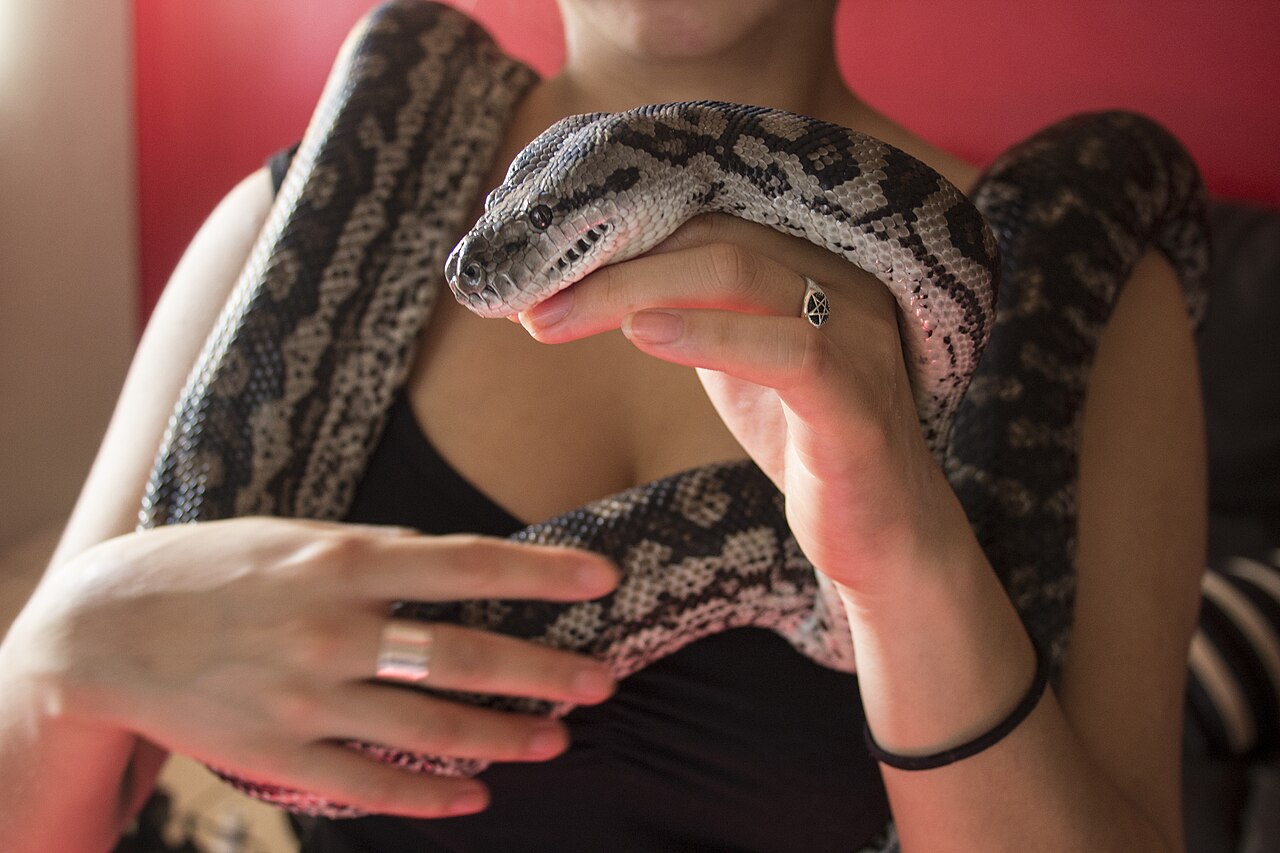Keeping pet snakes can be a rewarding experience, offering a unique bond with these fascinating reptiles. While generally hardy, non-venomous pet snakes can face several health challenges that owners should be aware of. Understanding these common issues, their symptoms, and preventive measures can help ensure your slithering companion enjoys a long, healthy life. From respiratory infections to parasitic invasions, these cold-blooded pets require specific care to maintain optimal health. This comprehensive guide explores the most frequent health concerns affecting captive snakes and provides practical advice for prevention and treatment.
Respiratory Infections: A Common Cold-Weather Concern
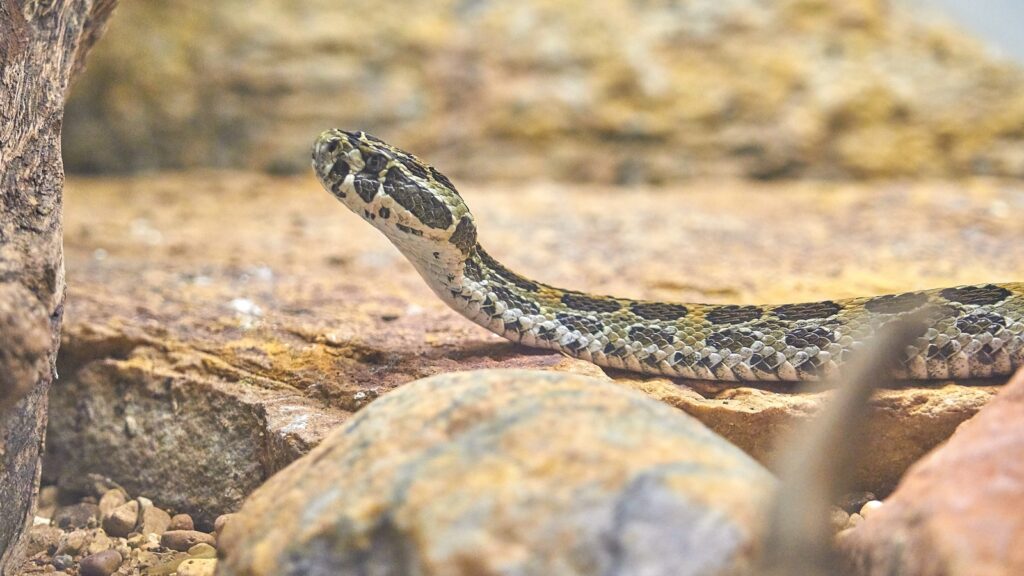
Respiratory infections represent one of the most prevalent health issues among captive snakes, often manifesting when environmental temperatures fall below optimal levels. Symptoms include wheezing, bubbling from the mouth or nostrils, open-mouth breathing, and lethargy that can progress rapidly if left untreated. These infections typically stem from bacteria that flourish in damp, cool environments, with Mycoplasma and Pseudomonas being common culprits. Maintaining proper temperature gradients within the enclosure—providing both warm basking spots and cooler retreats—proves crucial for prevention, as snakes rely on environmental heat to support their immune function. Treatment usually requires veterinary intervention with specialized reptile antibiotics, often administered through injections for several weeks until symptoms resolve completely.
Mouth Rot (Infectious Stomatitis): More Than Just Bad Breath

Infectious stomatitis, commonly called “mouth rot,” presents as a painful inflammation of the gums and oral tissues that can become life-threatening if neglected. Early signs include excessive saliva, redness along the gumline, and reluctance to eat, which can progress to visible pus, tissue necrosis, and even jaw deformities in advanced cases. This condition typically develops after minor mouth injuries become infected with opportunistic bacteria, with poor husbandry conditions like incorrect humidity levels or substrate choices often serving as contributing factors. Treatment necessitates veterinary care, including deep cleaning of affected tissues, antibiotics, and sometimes surgical debridement of necrotic tissue. Prevention centers around providing appropriate substrate that won’t cause mouth abrasions, maintaining clean water sources, and addressing any prey-related injuries promptly after feeding.
Scale Rot (Dermatitis): Skin Troubles Below
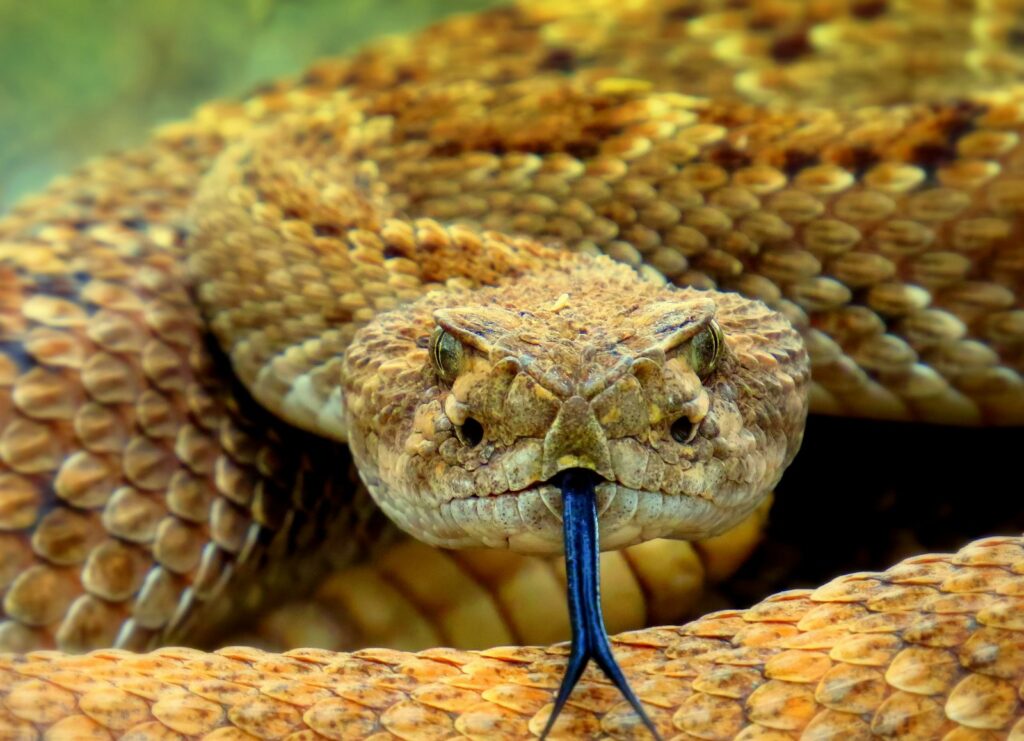
Scale rot manifests as a bacterial infection affecting a snake’s belly scales and surrounding tissue, beginning as small red or brown discolorations before progressing to raised, fluid-filled blisters. This condition typically arises when snakes are forced to live in consistently damp, dirty environments that allow bacteria to penetrate the protective scale layer, particularly when enclosure substrates remain wet for extended periods. Without intervention, scale rot can penetrate deeper tissues, leading to systemic infection and potentially fatal septicemia as bacteria enter the bloodstream. Treatment protocols include topical and systemic antibiotics, gentle cleansing of affected areas with antiseptic solutions, and immediate correction of environmental conditions that contributed to the problem. Prevention focuses on maintaining appropriate humidity levels (not too high), regularly changing substrate, providing dry retreat areas, and ensuring the enclosure remains impeccably clean.
Parasitic Infections: Uninvited Internal Guests
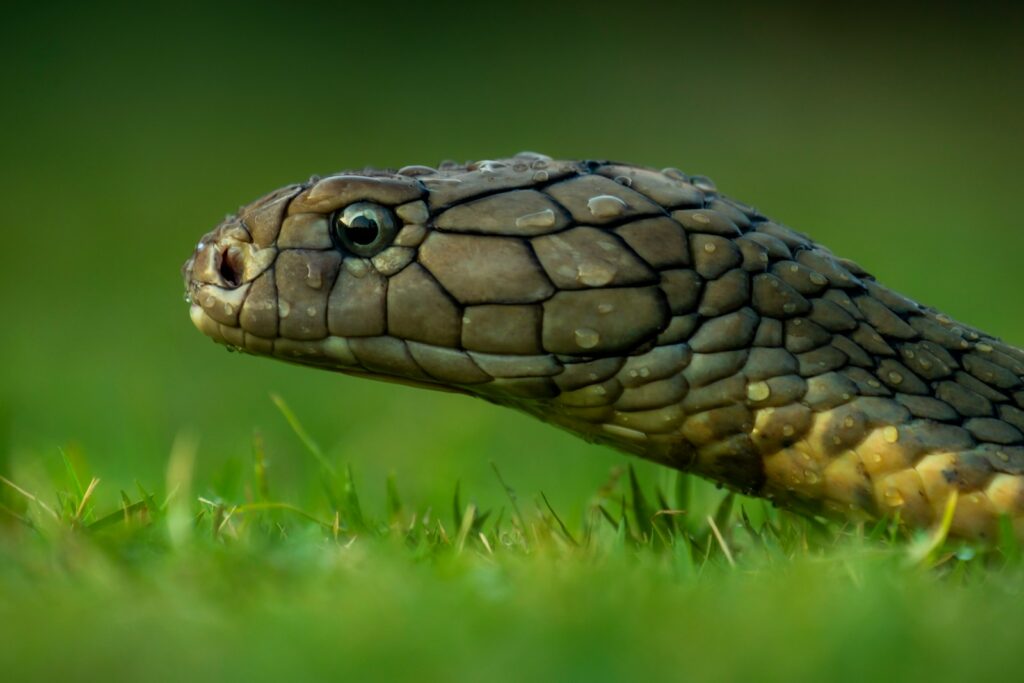
Parasitic infections represent a significant threat to captive snakes, with both internal and external parasites causing diverse health complications. Internal parasites like nematodes, cestodes, and protozoa can cause symptoms including weight loss despite normal feeding, regurgitation, diarrhea, and visible worm segments in feces. External parasites such as mites appear as tiny moving specks on the snake’s body, particularly around the eyes, heat pits, and between scales, causing intense irritation that leads to excessive soaking and restless behavior. Most parasitic infections require veterinary diagnosis through fecal examinations or visual identification, followed by appropriate medication protocols that may extend for several weeks. Preventative measures include quarantining new animals before introduction to collections, feeding only parasite-free prey items, and maintaining scrupulous hygiene throughout the enclosure and handling equipment.
Inclusion Body Disease (IBD): The Silent Killer
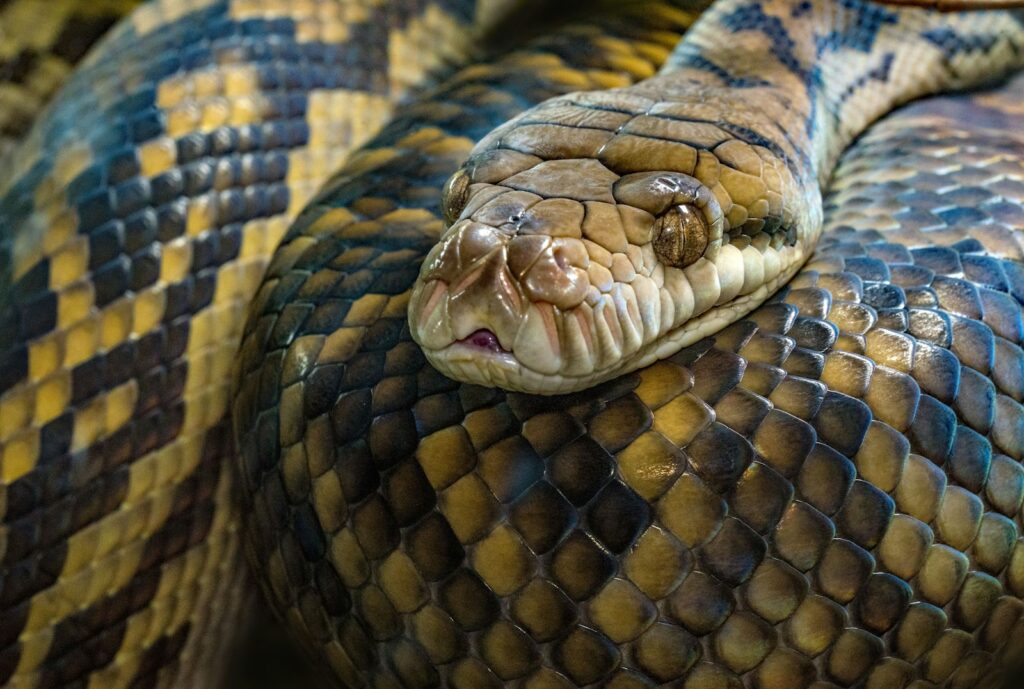
Inclusion Body Disease represents one of the most devastating conditions affecting captive boas and pythons, characterized by a progressive neurological decline with no known cure. The disease manifests through symptoms including abnormal posturing (particularly the “stargazing” position with the head raised unnaturally), disorientation, regurgitation, and eventual paralysis as the virus attacks the central nervous system. Transmission occurs primarily through direct contact with infected snakes or their bodily fluids, with snake mites suspected as potential vectors between animals. Diagnosis requires specialized testing, including tissue biopsies examining for characteristic inclusion bodies within cells, though definitive diagnosis often only comes post-mortem. Prevention centers entirely on strict quarantine protocols for new acquisitions, testing breeding stock, and maintaining mite-free collections, as the disease carries a mortality rate approaching 100% once symptoms become apparent.
Dysecdysis (Abnormal Shedding): When Shedding Goes Wrong
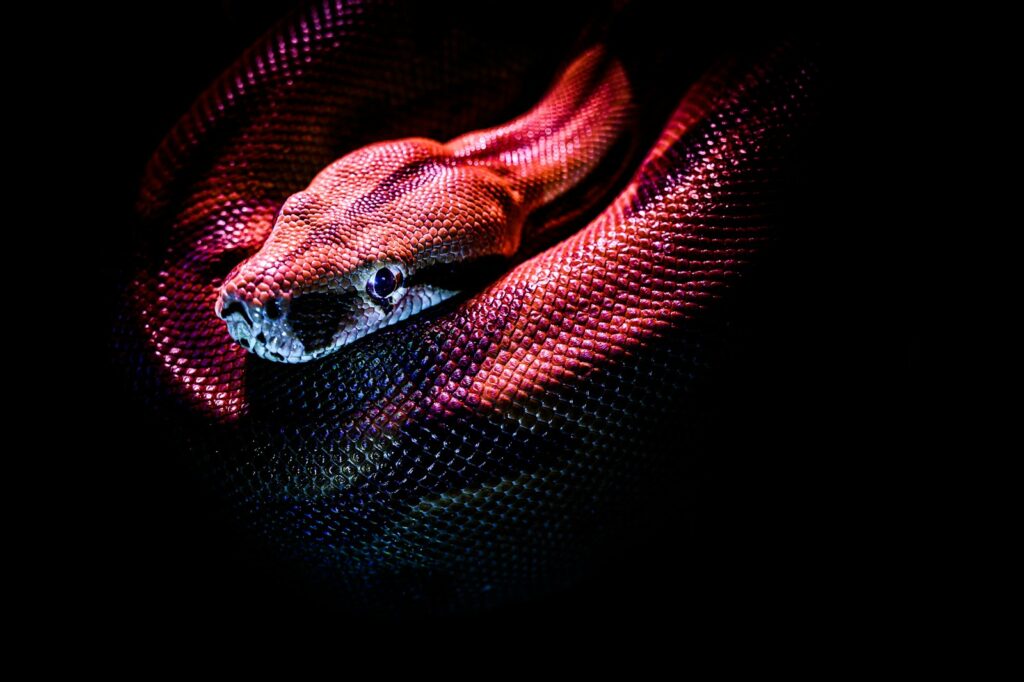
Dysecdysis refers to incomplete or difficult shedding, a common yet preventable issue that occurs when environmental conditions don’t support the natural shedding process. Signs of impending shed include dulling of colors, bluish eyes (as the spectacle loosens), and increasingly withdrawn behavior as the snake prepares to slough its old skin. When humidity remains insufficient during this critical period, patches of old skin may adhere stubbornly, particularly around the eyes, tail tip, and ventral scales, restricting blood flow and potentially leading to tissue necrosis in severe cases. Treatment involves careful rehydration through warm water soaks and gentle assistance removing retained skin, taking special care around delicate areas like the eyes. Prevention remains straightforward: providing appropriate humidity levels (often increased during shedding periods), rough surfaces for the snake to rub against, and a shallow water dish large enough for complete immersion when the snake feels the need to soak.
Regurgitation and Digestive Issues: Stomach Troubles
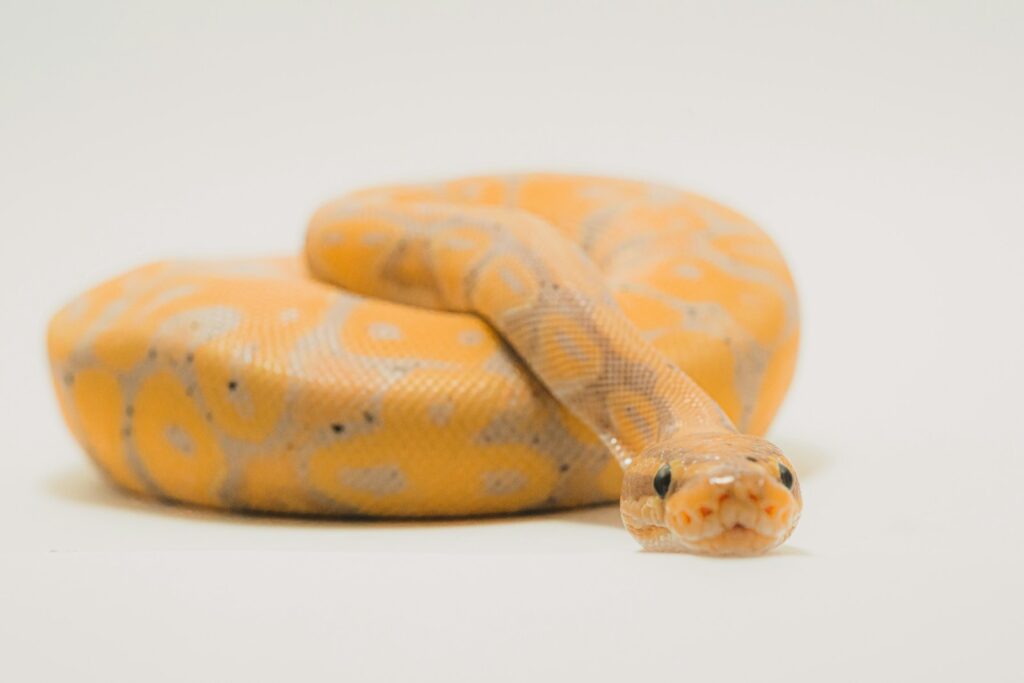
Regurgitation occurs when a snake expels partially-digested prey, typically within 48 hours of feeding, and indicates serious digestive disturbances requiring immediate attention. Common causes include handling too soon after meals, inappropriate prey size (too large), temperatures too low for proper digestion, stress from environmental changes, and underlying infections or parasitic infestations. A single regurgitation incident necessitates a feeding break of at least two weeks to allow the digestive tract to heal, followed by offering smaller prey items until normal function returns. Chronic regurgitation requires veterinary investigation as it may indicate more serious conditions like gastrointestinal infections, internal obstructions, or organ disease. Prevention focuses on establishing proper feeding protocols: maintaining optimal temperatures (particularly during digestion), avoiding handling for 48-72 hours post-feeding, offering appropriately-sized prey items, and ensuring stress-free feeding environments.
Obesity: Too Much of a Good Thing

Obesity represents an increasingly common yet overlooked health issue among captive snakes, developing gradually as owners overfeed or provide prey items too frequently. Visible signs include noticeable fat deposits along the body, difficulty moving normally, and distortion of the snake’s natural body shape from cylindrical to more square-sided in cross-section. This condition stresses internal organs, compromises immune function, reduces reproductive success, and shortens lifespan substantially if left unaddressed. Correcting obesity requires establishing appropriate feeding schedules based on species, age, and activity level—generally less frequent than many owners assume necessary, with adult snakes of many species requiring meals only every 2-4 weeks. Prevention involves researching species-specific feeding requirements, weighing snakes regularly to monitor growth, adjusting prey size appropriately throughout the snake’s life, and resisting the temptation to feed more frequently than recommended simply because the snake shows interest in food.
Thermal Burns: Heat Gone Wrong
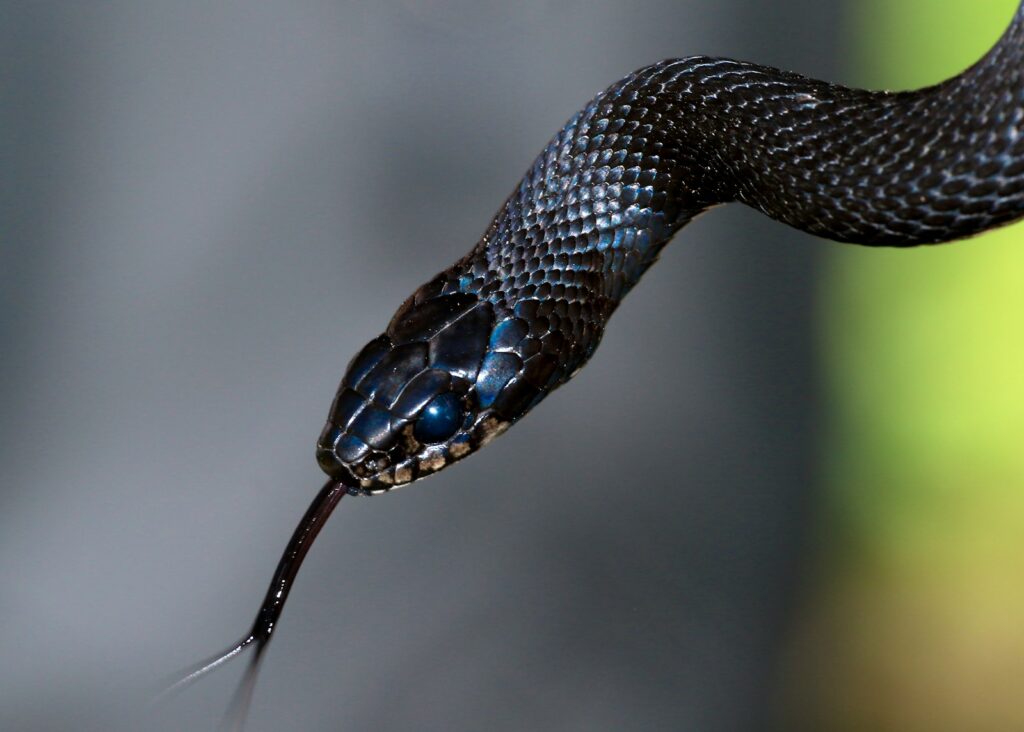
Thermal burns occur when snakes contact unprotected heating elements within their enclosures, creating painful injuries that often become infected without proper treatment. These injuries appear as reddened, blistered areas that may progress to open wounds with charred edges in severe cases, typically located on the ventral surface where the snake pressed against the heat source. Most burns result from improperly installed heat tapes, rocks, or pads without protective barriers, or from malfunctioning thermostats that allow temperatures to rise to dangerous levels. Treatment depends on severity but generally includes gentle cleaning, application of appropriate antibiotic ointments, pain management, and vigilant monitoring for secondary infections that commonly complicate recovery. Prevention requires properly shielding all heating elements, using quality thermostats with backup systems, regularly checking equipment function, and providing enclosure design that allows the snake to thermoregulate without direct contact with heating elements.
Vitamin and Mineral Deficiencies: The Unseen Threat
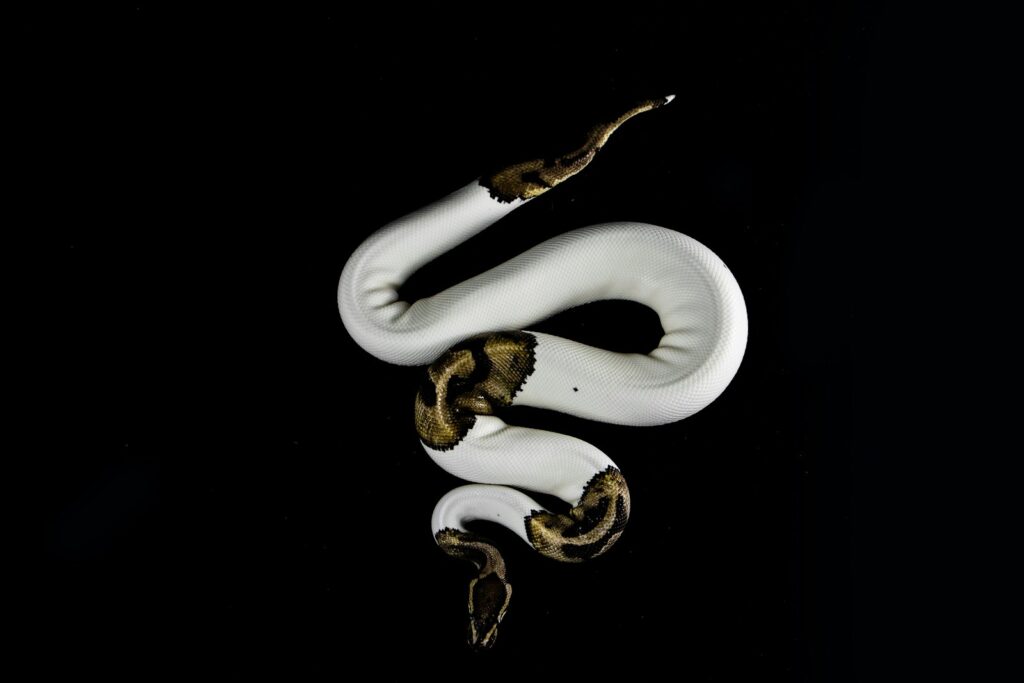
Nutritional deficiencies develop gradually in captive snakes fed imbalanced diets, particularly affecting those maintained on limited prey variety. Calcium deficiency manifests most dramatically as metabolic bone disease, with symptoms including tremors, difficulty righting themselves, abnormal posture, and in severe cases, pathological fractures occurring during normal movement. Vitamin A deficiency appears through swollen eyes, respiratory issues, and poor overall condition, while other deficiencies may present more subtly as poor growth, diminished reproductive success, or compromised immune function. Addressing these conditions requires both immediate supplementation under veterinary guidance and long-term dietary correction through prey variety and quality. Prevention involves feeding whole prey items (rather than parts), varying prey species when possible, ensuring feeders themselves receive nutritious diets before being offered to snakes, and occasionally using prey that has been properly gut-loaded with supplements when serving specialized nutritional needs.
Reproductive Issues: When Breeding Goes Wrong
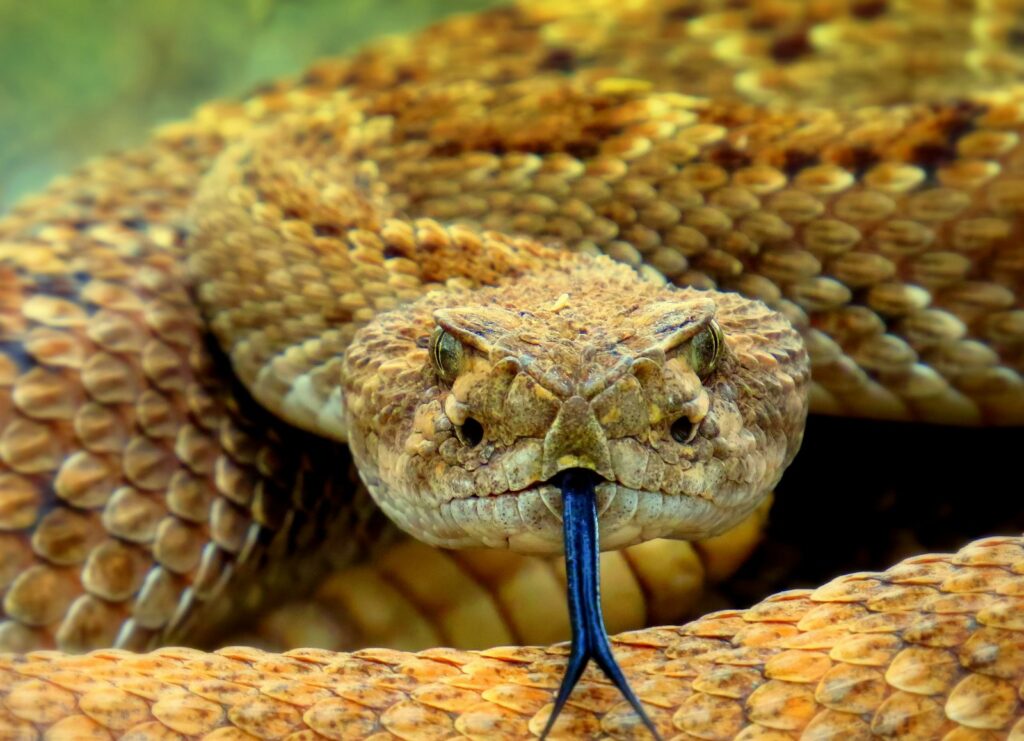
Reproductive complications affect primarily female snakes, with egg binding (dystocia) representing the most serious and potentially fatal condition requiring emergency intervention. Symptoms include visible eggs/follicles visible through the body wall, straining without producing eggs, lethargy, and in later stages, paralysis of the posterior body as compression affects nerve function. Contributing factors include improper temperatures, inadequate calcium reserves, oversized or malformed eggs, and stress from improper husbandry or handling during the reproductive period. Treatment options range from conservative approaches (providing nesting sites, adjusting temperatures, calcium supplementation) to invasive procedures including oxytocin injections or surgical intervention in critical cases. Prevention centers around ensuring females reach appropriate size and condition before breeding, providing optimal environmental parameters throughout gestation, making appropriate nesting materials available, and limiting breeding frequency to allow complete recovery between reproductive cycles.
Stress-Related Conditions: The Hidden Health Factor

Chronic stress emerges as an underlying factor in many snake health problems, manifesting through symptoms including excessive hiding, defensive behaviors, anorexia, and increased susceptibility to various infections and diseases. Common stressors in captivity include improper housing (too small, too exposed), excessive handling (particularly during adjustment periods), nearby presence of natural predators (including household pets), inconsistent temperatures, inappropriate lighting, and frequent environmental disturbances. While not a disease itself, chronic stress suppresses immune function, disrupts normal behaviors, and creates conditions favorable for opportunistic infections and digestive disturbances. Addressing stress requires identifying and eliminating specific stressors, providing adequate hiding spots that offer security, maintaining consistent environmental parameters, and respecting the snake’s natural behavioral tendencies. Prevention involves creating naturalistic environments that accommodate species-specific needs, establishing regular but limited handling routines, and recognizing early signs of stress before they progress to physical illness.
Preventative Care: The Foundation of Snake Health
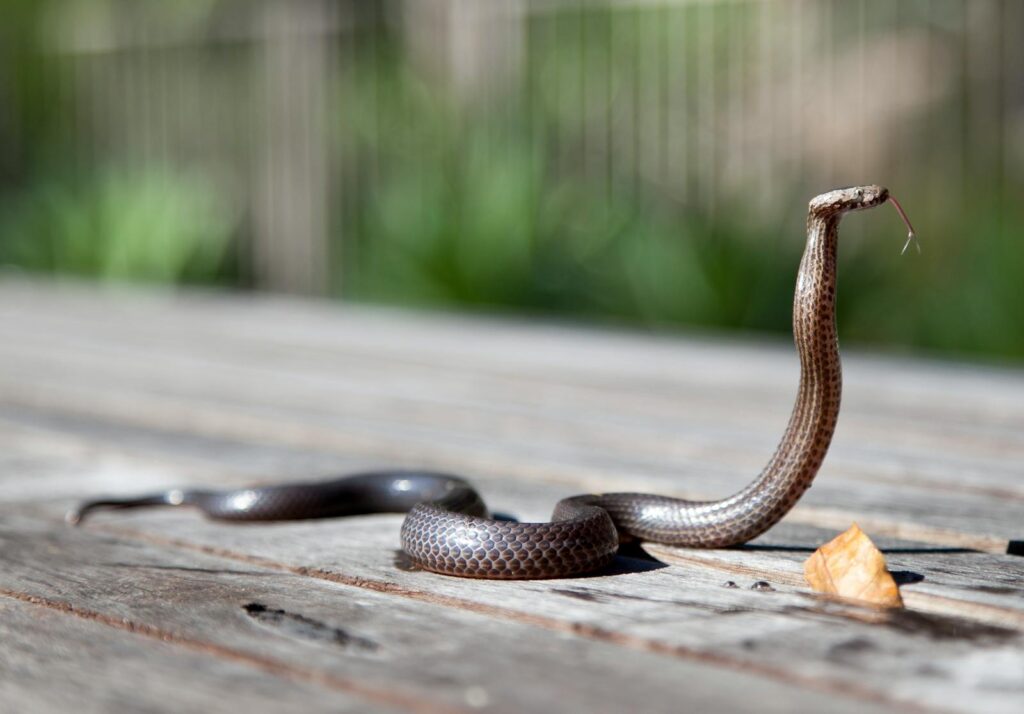
Preventative healthcare forms the cornerstone of responsible snake keeping, significantly reducing the likelihood of encountering serious medical issues throughout your pet’s life. Establishing a relationship with a reptile-experienced veterinarian before emergencies arise allows for regular health checks, appropriate parasite screenings, and professional guidance tailored to your specific species and setup. Creating a detailed health journal documenting feeding responses, weight fluctuations, shedding patterns, and behavioral changes provides invaluable baseline information for identifying deviations from normal. Environmental management represents perhaps the most critical aspect of prevention—maintaining appropriate temperature gradients, humidity levels, substrate cleanliness, and enclosure security directly correlates with overall health outcomes. Finally, developing a quarantine protocol for new acquisitions (minimum 90 days separate from established collections) protects existing animals from potential pathogens while allowing observation for signs of illness before introduction.
Conclusion
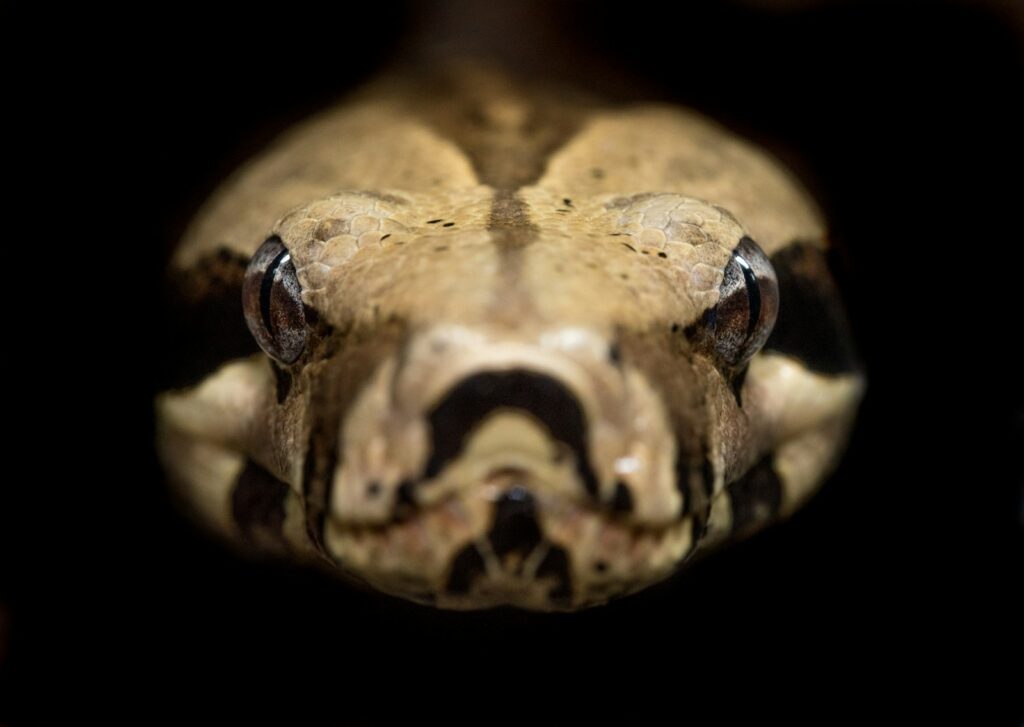
Understanding and addressing these common health issues can significantly enhance the quality of life for pet snakes. Most health problems stem from husbandry deficiencies that owners can correct through education and attentiveness. Regular observation, proper environmental management, appropriate nutrition, and prompt veterinary care when needed form the foundation of responsible snake keeping. By familiarizing yourself with these common conditions, their symptoms, and prevention strategies, you position yourself to provide the best possible care for your serpentine companion. Remember that many snake species can live decades in captivity when properly maintained—making the investment in preventative healthcare and proper husbandry not just beneficial but essential for these fascinating reptilian pets.


